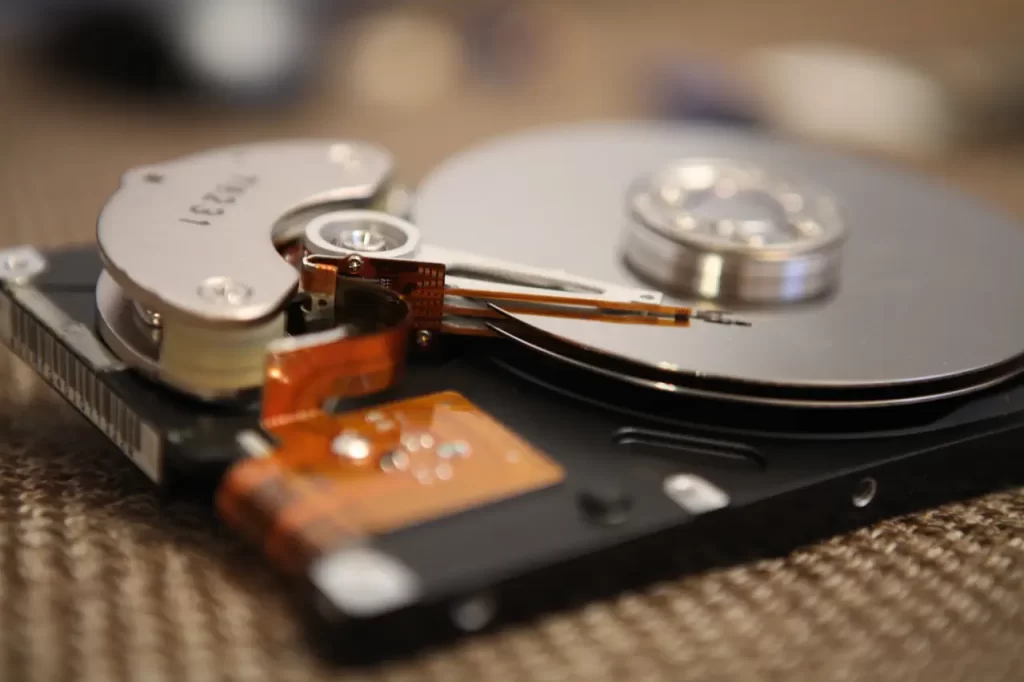Computer Data Recovery After Ransomware
Computer data recovery after ransomware from a laptop or desktop can be challenging, but there are some steps you can take to try to recover your data:
- Disconnect from the Internet: Disconnect the infected computer from the Internet. Of all the steps this is the most important and should be done immediately. This prevents the ransomware from spreading or communicating with its command-and-control server. It may or may not stop the data encryption process so don’t be disappointed if it does not.
- Disconnect any USB external storage devices: Chances are that the ransomeware is programmed to detect any external storage drives. This can be a hard drive, a flash drive, a microSD card, or media server. They have probably been encrypted, too, but will be useful for a complete computer data recovery.
- Identify the Ransomware: Determine the specific ransomware that has infected your computer. This can help you find a decryption tool if one is available. Most often the program that has caused the infection will use a window to inform you of the steps needed to be taken to recover your data. They will demand a ransom payment, usually in the form of bitcoin.
- Do Not Pay the Ransom: Paying the ransom does not guarantee that you will get your files back, and it can encourage more ransomware attacks. In the future your computer will be targeted more often knowing that you are willing to pay a ransom. Do not call any phone number they may provide. At this point you may feel vulnerable or unsure of being able to do a computer data recover yourself. If so, call a local IT professional. Avoid online help where they want to login to your computer.
- Use Antivirus Software: Run a full system scan using reputable antivirus software to remove the ransomware from your computer. This will not preform computer data recovery, but may identify the program used for encryption.
- Check for Decryption Tools: Some ransomware has decryption tools available that can help you recover your files. Check online resources such as No More Ransom (https://www.nomoreransom.org/) to see if a decryption tool is available for the ransomware that has infected your computer.
- Restore from Backup: If you have backup copies of your data, restore your files from backup. Be sure to scan the backup files for malware before restoring them to ensure they are clean. If you don’t have a backup, try to scan email attachments that may have your documents, pictures, or other items to provide computer data recovery. Don’t forget data sent via text messages on your phone or iPad.
- Consult with IT Professionals: If you’re unable to recover your data using the above methods, consider seeking help from IT professionals who specialize in ransomware computer data recovery. They may be able to help you recover your files. They will provide you with guidance and confidence going forward.
- Reinstall the OS (Operating System): This may seem like a drastic step, but it is very important going forward to have a clean system. By formatting the hard drive and reinstalling the OS you are guaranteed a virus-free computer.
- Reconnect to the Internet and Monitor: After recovering your data, reconnect to the Internet and monitor your computer for any signs of further ransomware attacks or malware infections. Change any passwords that you think may have been compromised. Check the computer’s firewall settings. If you had any financial information stored with the computer data recovery talk with your bank about steps that can be taken to secure your accounts.
Prevention is key to avoiding ransomware attacks. Be sure to keep your operating system and software up to date, use strong passwords, and be cautious when opening email attachments or clicking on links. Regularly backing up your data is also essential in case of a ransomware attack and backup to multiple sources.



